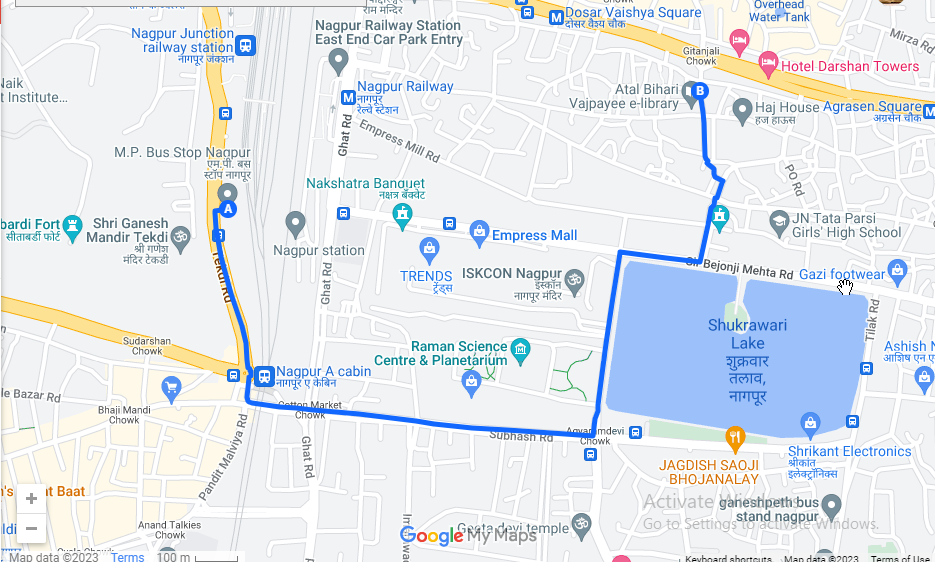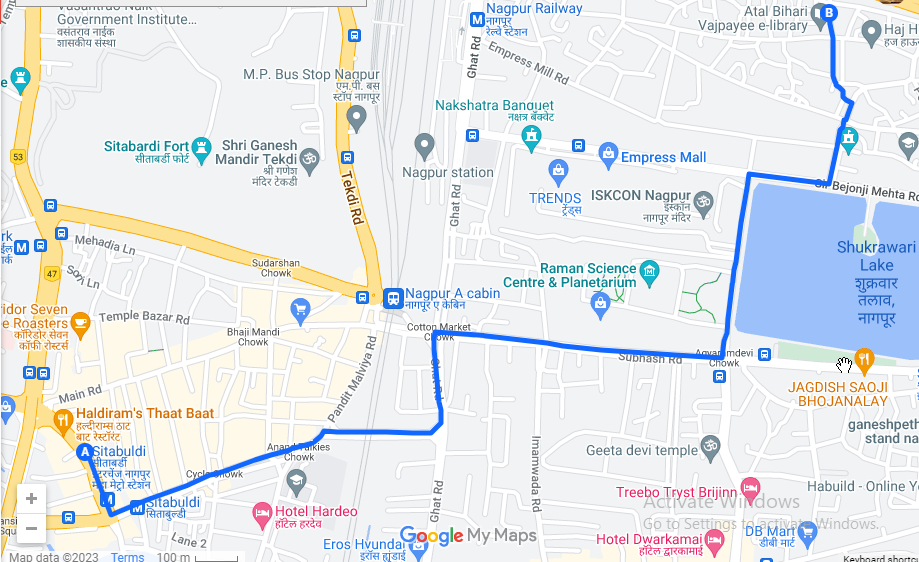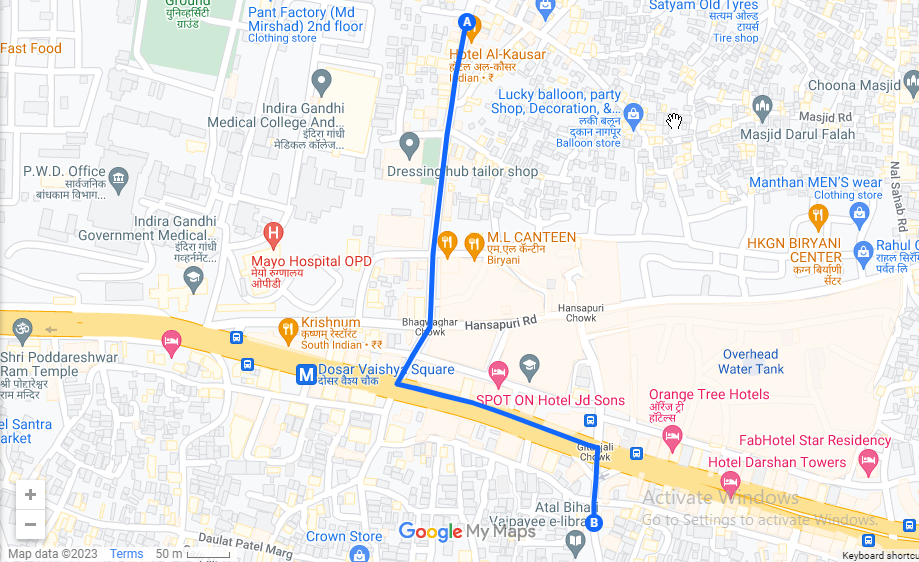Eardrum perforation and associated ear bone damage are corrected by this very procedure. New eardrum and bones are made with the patient’s fascia and cartilage. Dr. Darakshan Parveen is an Eardrum Perforation Specialist, having experience more than 17 years.

DR. DARAKSHAN PARVEEN
ENT SURGEON
Qualification:
- Qualified from the Government Medical College Agra.
- Postgraduate training in Otorhinolaryngology-Head and Neck Surgery from government medical college Meerut
Experience:
- Over 17 years of experience
- Visting consultant at HCG NCHRI Hospital and Crescent Hospital
How To Reach Dr Darakshan’s Clinic:
The Nearest Public Transport Station To Dr Darakshan’s Clinic:
Nearby Bus Stop
- Gitanjali Square: 130 meters away from Dr Darakshan’s Clinic
- Seva Sadan Bhavan: 350 meters away from Dr Darakshan’s Clinic
Nearby Metro Station
- Dosar Bhawan Metro Station: 350 meters away from Dr Darakshan’s Clinic
- Agrasen metro station: 600 meters away from Dr Darakshan’s Clinic
- Meyo Hospital Metro Station: 550 meters away from Dr Darakshan’s Clinic
What is an eardrum perforation?
An eardrum perforation, also known as a ruptured or punctured eardrum, is a condition where there is a hole or tear in the thin membrane separating the ear canal from the middle ear. This delicate membrane, medically termed the tympanic membrane, plays a vital role in hearing by transmitting sound vibrations to the inner ear. Perforations can occur due to various factors such as ear infections, trauma, or exposure to loud noises. Symptoms may include ear pain, hearing loss, and drainage from the ear. Treatment options depend on the size and cause of the perforation, ranging from observation to surgical intervention.
What are the common causes of eardrum perforations?
Eardrum perforations can result from multiple factors, with the most common cause being ear infections, especially middle ear infections (otitis media). Trauma to the ear, such as inserting sharp objects or exposure to sudden loud noises, can also lead to perforations. Barotrauma, caused by rapid changes in air pressure, often experienced during air travel or scuba diving, is another common cause. Additionally, severe head injury, blasts, or untreated ear infections can exert pressure on the eardrum, causing it to rupture. Sometimes cause is in throat and nose (tonsilitis, adenoids, nasal polyp). In these cases, the cause should be corrected first otherwise, the surgery will fail.
What are the symptoms of an eardrum perforation?
Symptoms of an eardrum perforation vary in intensity. Mild cases may cause minimal discomfort, while severe perforations can lead to significant issues. Common symptoms include ear pain, especially sudden relief of pain if the perforation allows pressure equalization, hearing loss or a feeling of fullness in the ear, tinnitus (ringing or buzzing sounds), and drainage of fluid or pus from the ear. Some individuals with very long history of ear discharge can develop inner ear damage as well. Thet will experience dizziness (vertigo) or balance problems. It’s crucial to seek medical attention if any of these symptoms are present, especially after an ear injury or infection.
How is an eardrum perforation diagnosed?
Diagnosing an eardrum perforation involves a physical examination by an ENT surgeon, and doctor can show the perforation in ear drum on screen, using an otoscope (video otoscope).
A perforation is visible as a hole or tear in the membrane. Additionally, a hearing test (audiometry) may be conducted to assess hearing loss, and tympanometry can measure middle ear function. In some cases, a gentle air puff test may be performed, where changes in pressure are monitored, helping confirm the presence of a perforation and its size. These tests aid in accurate diagnosis and appropriate treatment planning.
What are the treatment options for eardrum perforations?
Treatment for ear drum perforations depends on the size, cause, and symptoms. Small perforations may heal on their own with proper care and monitoring, especially if the underlying cause, like an infection, is treated. In cases of persistent or larger perforations, a surgeon might recommend surgical repair (tympanoplasty) to close the hole and restore hearing. During tympanoplasty, a surgeon grafts a small piece of tissue over the perforation, allowing the eardrum to heal. Generally patients are discharged on the same day. Antibiotics are often prescribed to prevent infections and promote healing after the surgery.
How can eardrum perforations be prevented?
Preventing eardrum perforations involves protective measures such as avoiding inserting sharp objects into the ear, which can damage the delicate membrane. Proper ear hygiene, including gentle cleaning and avoiding aggressive ear-cleaning practices, reduces the risk of injury. Wearing earplugs or earmuffs in noisy environments safeguards against loud noises, preventing trauma. Timely and adequate treatment of ear infections minimizes the chances of perforations due to untreated infections. Additionally, being cautious during activities that involve rapid pressure changes, such as air travel and diving, helps prevent barotrauma-induced perforations.











